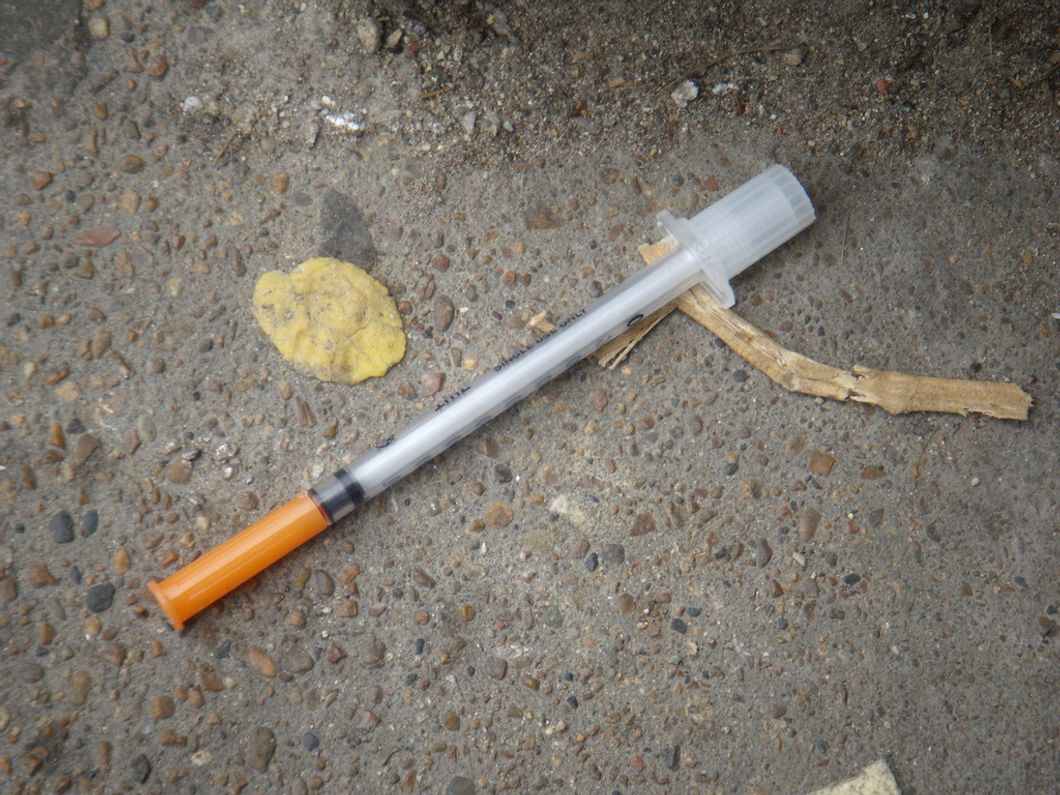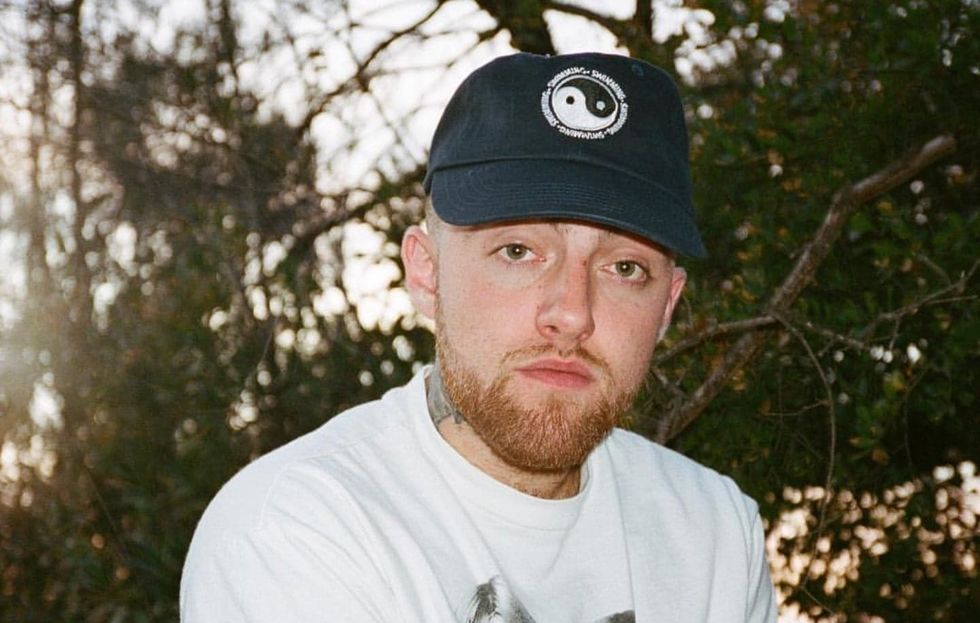Contemporary media representations of prescription drugs have certainly been detrimental to society as they've led to an increase in drug-related celebrity deaths, incited drug use among media consumers, and encouraged immoral pharmaceutical and physician practices.
As a result, a prescription drug "epidemic" emerged in America during the first decade of the twenty-first century.
The glorification of prescription drugs through modern media originally generated a prescription drug epidemic in America that is rapidly progressing into a nationwide heroin epidemic. Although heroin may theoretically seem like a reasonable alternative to prescription drugs for users who have been manipulated by negative media representations, its abuse is accompanied by severe health issues and, in some instances, death.
Back in the 1960s, heroin users were usually young men hailing from underprivileged neighborhoods who viewed heroin as their initial opiate of choice. Nowadays, modern media has established representations of more advanced prescription drugs that dub them as "fun", subsequently prompting people to glamorize their impact.
The tolerance of users increases over time, and they inevitably realize just how expensive a prescription drug habit is, causing them to resort to heroin. Considering its euphoric effects are similar to those of prescription opioids, heroin has resurfaced as a high-purity, cost-effective substitute for individuals who no longer have access to pills.
Although heroin may serve as an economically advantageous option for opioid abusers, the potential dangers related to its consumption are far more significant. Poor health has been associated with heroin users in America. Heroin is oftentimes injected, posing threats to those who are involved with syringe-sharing.
In addition to blood diseases contracted from needle sharing, other health issues are linked to heroin use. Because heroin is an unregulated street drug that is often injected, many users suffer from collapsed veins, abscesses, infections of the heart lining and valves, and rheumatological diseases, Addicts plagued by the aforementioned symptoms continue to abuse heroin, placing them in an even more undesirable situation.
Perhaps the most consequential problem affiliated with heroin abuse in America is an increased probability of death. Heroin continues to victimize people of all ages, races, genders, religions, ethnicities, and social classes as it viciously tears through each region in America. Experimenting with highly addictive opioid painkillers too often results in heartbreaking tragedy for addicts and families alike.
Celebrities utilize media platforms in a manner that presents potential threats to their followers. Whether it be rap artist Future advocating for MDMA and Percocet in his song "Mask Off", or Lil Peep popping Xanax on Instagram Live, media consumers are constantly being exposed to negative representations of prescription drugs.
Mac Miller, a renowned figure in the hip-hop community, suddenly overdosed just last Friday, September 7th. While Mac was a talented artist and an even better person, Americans will only temporarily mourn his demise before they return to idolizing celebrities who epitomize "drug culture".
As someone with family members who have struggled with opiates, I am fully aware of how these drugs take over the lives of individuals and how they simultaneously impact families as well.
In order to make treatment for drug addiction, a pillar of drug policy in the United States, effective drug prevention and intervention strategies must be enacted.
I hope that we can do right by Mac Miller. I hope that we can make the world a better place by getting addicts the treatment they require.
For now, I can only hope.



















